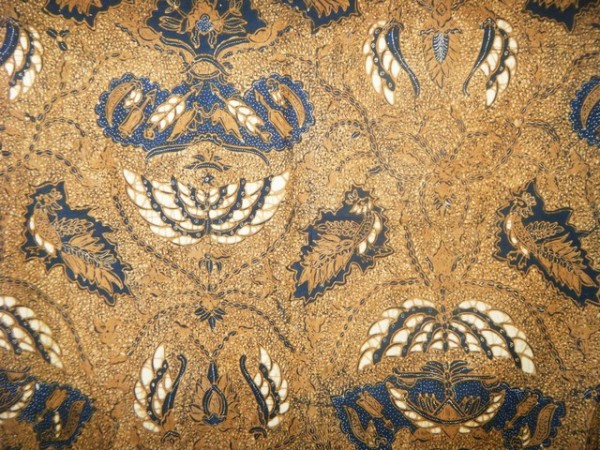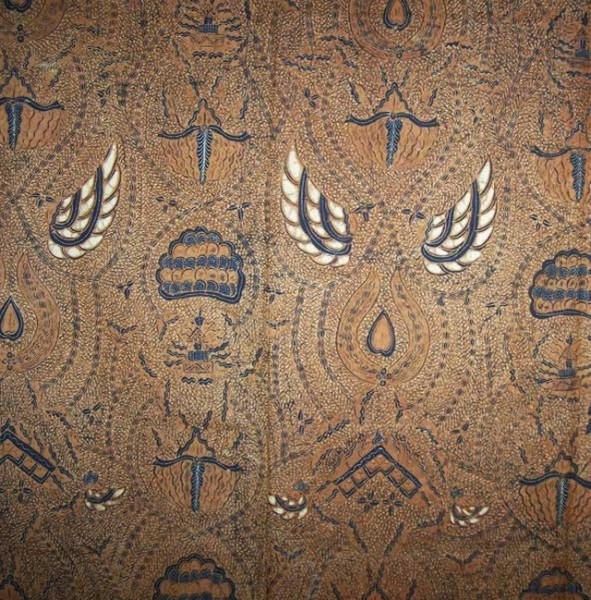History of Solo Batik
History of Solo Batik Motifs and Explanations – Solo is a bustling city in the province of Central Java. As a city that is still included in the Surakarta Residency, Solo is still very close to Javanese culture. “The Spirit of Java” is the city’s slogan that shows a deep-rooted commitment to Javanese culture.
Besides being known for its thick Javanese customs, Solo is also known as an icon of batik. The resulting solo batik motifs are also diverse and will be explained in the next paragraph of this article. Even Solo batik is now more popular through the line of batik kris producers who have penetrated overseas market share. It is not surprising that Solo batik is one of the must-visit destinations for tourists when visiting the city of Surakarta Hadiningrat. For solo batik tourism, you can do it in the Laweyan batik village, as well as the Kauman batik village area. Kampung Laweyan is a center or center for batik activities, batik activities are a daily culture for the people, and are usually passed down from their ancestors.
Batik in all its forms is the identity of our nation, Indonesia. In the old palace era, batik activities were a livelihood for Javanese women, even batik activities in the Surakarta palace environment were very well known as an exclusive job. Solo batik has its own characteristics, both in the process of stamping and writing. The dyes used for batik use natural ingredients, namely soga. Sidomukti’s solo batik motif and Sidoluh’s solo batik motif are examples of well-known Solo batik patterns.
Batik motifs have their own meaning, other motifs have different meanings. Solo batik motifs that are created are diverse, with the hope of bringing goodness to the wearer. The well-known solo batik motifs include the machete type solo batik motif, the barong type solo batik motif, the kawung type solo batik motif and the sawat type solo batik motif.
This batik motif is considered sacred and only worn by the king and his family.

Solo Slobog Batik Motifs
Slobog means loose/big. This solo batik is usually used for mourning. The meaning contained in this batik motif is so that the soul of someone who died does not get hindered and his kindness can be accepted.

Sidomukti Batik Motifs
This Sidomukti solo batik motif is often worn by the bride and groom at weddings. The meaning of the word sido has the meaning that is continuous or sustainable and the word mukti means sufficient. If based on the meaning of the word, the word sidomukti is a representation of a hope for all who wear it to have a life full of happiness on an ongoing basis in harmony with sufficient fortune and never break.

Truntum Batik Motifs
Solo Batik This truntum motif is usually worn by the parents of the bride and groom. Truntum itself means to guide, so it is intended that in a marriage parents always guide their children in navigating a new life so that later they become a sakinah family.


Satrio Manah Batik Motifs
This solo batik motif of satrio manah is usually worn by the groom’s guardian during the application procession. The meaning of this batik motif is so that the application can be accepted by the prospective bride and her family.

Semen Rante Batik Motifs
In the application process, if the groom’s guardian wears a solo batik with the Satrio Manah motif, the bride wears a solo batik with a Semen Rante motif. The meaning of the word rante itself implies a strong bond or affinity, so the hope for those who wear it is that if the proposal from the groom is accepted, then the prospective bride expects a strong and strong bond against all temptations until death do them part.

Parang Kusumo Batik Motifs
This solo batik machete kusumo motif is usually worn by the bride during the ring exchange ceremony. Kusumo means flower in bloom. In essence, the bride is ready to be born and mentally married.

Pamiluto Batik Motifs
This solo batik pamiluto motif is usually worn by the mother of the bride during the ring exchange event. This batik motif gives meaning so that the marriage bond cannot be separated like Mimin and Mintuno. Pamiluto comes from the word pulut.

Ceplok Kasatriyan Batik Motifs
This solo batik ceplok kasatriyan motif is usually used as a cloth in the bridal carnival ceremony before the bride and groom sit on the bridal chair.


Semen Gendong batik motifs
The batik motif of solo semen carrying is a type of written batik cloth worn by the bride and groom after the wedding ceremony is completed as a form of hope that soon they will get a dutiful, obedient, and pious and solehah child (if the bride is Muslim).

Bondhet Batik Motifs
One type of solo batik with a bondet motif is created because of the complexity of the motifs that are poured into a bundet. This bondhet batik cloth is worn by the bride on the first night. The following is a bundet pattern on several solo batik motifs:
- Solo batik Sido Asih, this geometric motif with a basic pattern of rectangular shapes has a meaning of nobility. When wearing Sido Asih batik cloth, the person hopes for happiness in life. This Sidoasih solo batik motif developed after the leadership of SISKS PB IV in the Surakarta palace.
- Ratu-ratih solo batik, the name of the Ratu-ratih batik motif is actually taken from the word “Ratu-Patih” which implies the meaning that a king in a government is accompanied by a patih or prime minister who is too young according to the point of view of that time. This queen-ratih solo batik motif has an image of a glory and synergy between the user of the batik cloth and the natural surroundings. This written batik cloth began to be made and developed during the reign of King SISKS PB VI in 1824.
- Parangkusumo’s solo batik, Parang is a diagonal motif in the form of a sharp weapon, in the form of a squiggly line from the top side to the bottom side of the batik cloth, while Kusumo means flower. Based on this, we can conclude that parang kusumo means a knight who has authority and loves his people, so making this parangkusumo solo batik cloth is only intended for people who have blue blood or royal descent or commonly referred to by the palace people as royal blood. This parangkusumo solo batik motif began to be made and developed by batik artisans in the era of Panembahan Senopati when he became king in the ancient Mataram kingdom around the 16th century.
- Batik solo bokor Kencana, is a geometric batik motif that has a basic pattern of lung-lungan which means hope, majesty, and authority. This motif was made for the first time to be worn by PB XI.
- Solo batik sekar Jagad, Sekar means flower and the universe is the world. The combination of words reflected in the name of this motif is “world flower collection”. This sekar universe motif is a geometric repetition by means of ceplok (paired side by side), which implies the beauty and nobility of life in the world. This sekar universe batik motif began to develop since the 18th century.
Let’s cultivate and preserve batik, especially the classic solo batik which has a noble philosophy. One way is to make a model of modern women’s batik clothes or the like by using this classic batik motif so that it is better known and more appropriate to use (according to the philosophy contained therein). Currently, young people born in 1987 and above have begun to fade using the Kromo alus/Javanese language and Javanese customs and manners, especially with this classic solo batik. Maybe in some other way it will be more easily accepted by the next generation. #batikindonesia
Bibliography of the History of Solo Batik Motifs and Explanations
- Batik Solo, en.wikipedia.org/wiki/Batik, accessed at 12 Oktober 2014 jam 21.15 WIB
- Batik: Pengaruh Zaman dan Lingkungan, Doellah, H. Santosa, 2002. Solo: Danar Hadi.
- UNESCO: Indonesian Batik, accessed at 12 Oktober 2014 jam 20.33 WIB